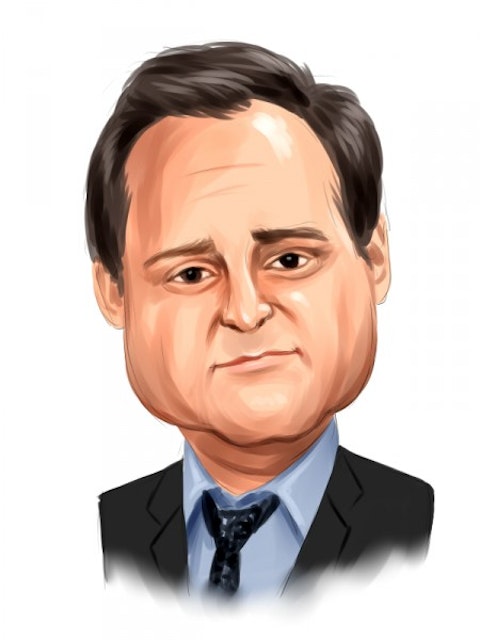In the first six months of 2012, Dollar General Corp. (NYSE:DG) rose 32%, easily outperforming the market, as investors worried that a weak U.S. economy would continue to drive consumers to discount stores. This gain built on a 34% rise during 2011, with the S&P 500 finishing the year flat. However, the stock has cooled since the summer began: since the end of June, Dollar General has dropped 6% as broader market indices have risen. After such a long period of outperformance, some degree of correction might be warranted. Yet many investors are still concerned about low consumer spending, and the 36% earnings growth that Dollar General reported in its most recent quarter compared to a year ago is certainly appealing given the current macro environment.
Looking at the company’s 10-Q more closely, Dollar General’s second fiscal quarter (which ended on August 3rd) demonstrated 10% revenue growth compared to the same period in 2011, and as mentioned the company booked even stronger earnings growth off of higher margins. For the first half of the fiscal year, revenue was up 12% and net income increased 41%. This suggests that Dollar General’s growth is not slowing much, and EPS growth has so far been boosted by a decreased share count (with the Board recently approving a new repurchasing program). Sales of all four major classes of products- consumables, seasonal, home products, and apparel- are up.
The twin rise in earnings and stock price has left Dollar General Corp. with a trailing P/E of 21 and a forward P/E of 15. The sell-side is bullish, assigning further earnings estimates which imply a five-year PEG ratio of 1. If they are correct, the stock is at worst fairly priced and the correction that has taken place in the stock has been more of a breather. As one might expect, Dollar General’s stock price tends to move independently of the broader market with a beta of only 0.1, and for a conservative investor that itself may be of value.
Hedge funds had mixed reviews of Dollar General Corp. during the second quarter. The number of 13F filers in our database reporting a position in the stock increased from 38 to 42. One of the funds to initiate a position in the company was Bain Capital’s Brookside Capital: the fund bought 3.7 million shares during the quarter and the discount retailer is now one of its five largest holdings (see what other stocks Brookside Capital has been buying). Eton Park Capital, which is run by an ex-partner at Goldman Sachs- the youngest partner in the firm’s history, in fact- owned 4.5 million shares, making Eton Park the largest holder of the stock in our database (find more stock picks from Eric Mindich and Eton Park Capital). On the other side of the coin, Lone Pine Capital, managed by billionaire Tiger Cub Stephen Mandel, sold 73% of its shares (though it still owns 3.7 million shares). Learn more about Lone Pine Capital’s portfolio.
There are two classes of companies that make for good comparables for Dollar General. Dollar Tree, Inc. (NASDAQ:DLTR) and Family Dollar Stores, Inc. (NYSE:FDO) are similar “dollar store” concepts while Wal-Mart and Target are big-box retailers with a focus on discounted prices. Dollar Tree and Family Dollar are smaller companies and trade at 21 and 18 times trailing earnings, respectively. As with Dollar General, Wall Street analysts expect strong earnings growth and their forward multiples are in the mid-teens with five-year PEG ratios close to 1. Both companies also reported double-digit earnings growth rates in their most recent quarter compared to a year ago. We don’t see much daylight between the three companies, but investors should note that the market leader- Dollar General- doesn’t carry a valuation premium compared to its competitors and so might be the safest buy. Wal-Mart Stores, Inc. (NYSE:WMT) and Target Corporation (NYSE:TGT) are a bit cheaper as their large size makes it harder for them to achieve high growth rates. Their trailing P/Es are 16 and 15, respectively, while on a forward basis they trade between 13 and 14 times expected earnings. Wal-Mart was also one of the ten most popular services stocks among hedge funds for the second quarter. We’re not quite confident enough in future growth in dollar stores to take them over the cheaper big-box stores, but if an investor wants exposure to the concept Dollar General is the one we’d recommend.

